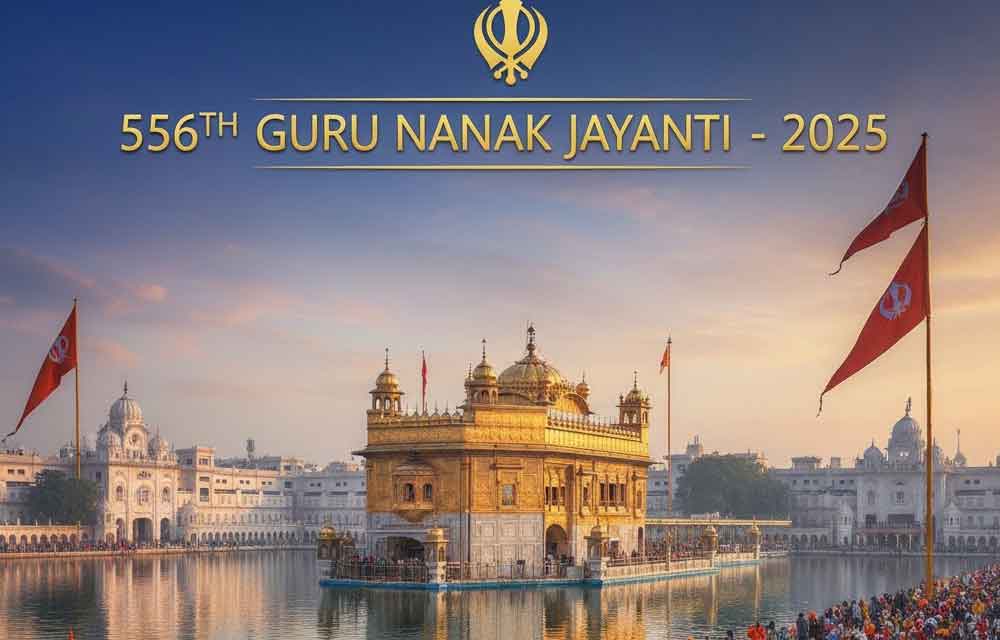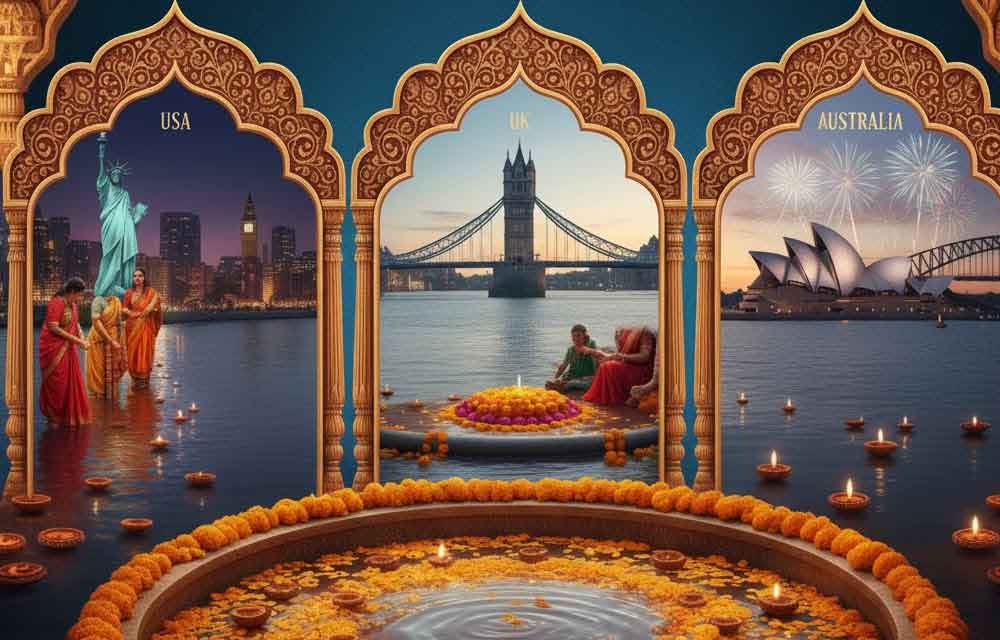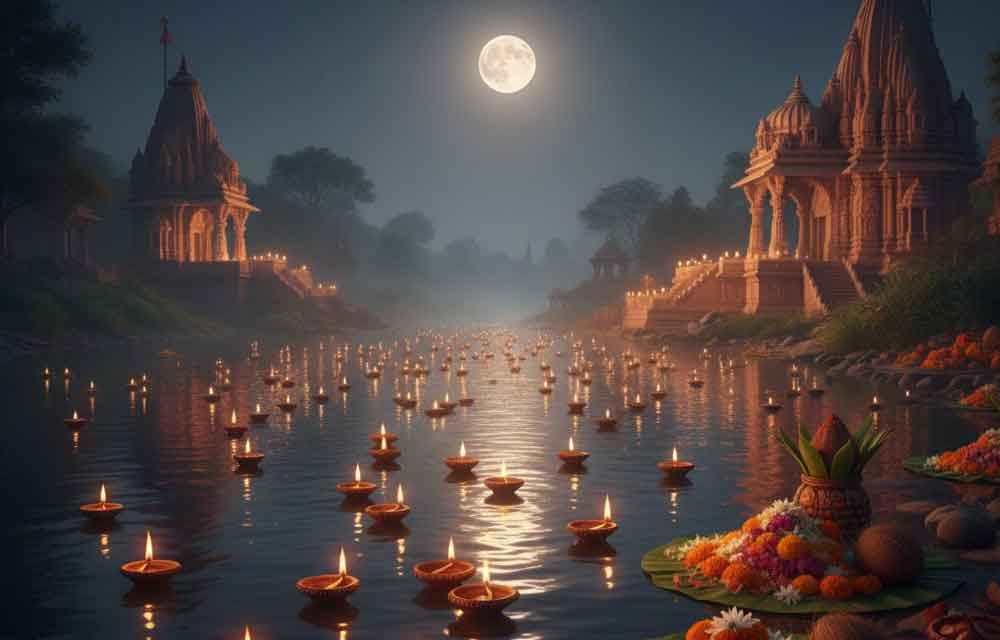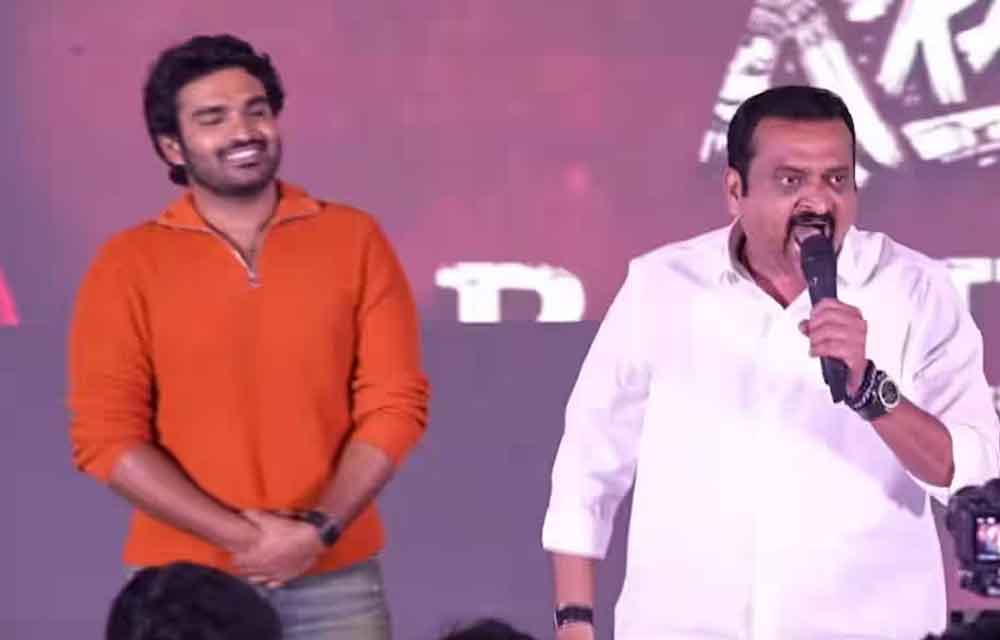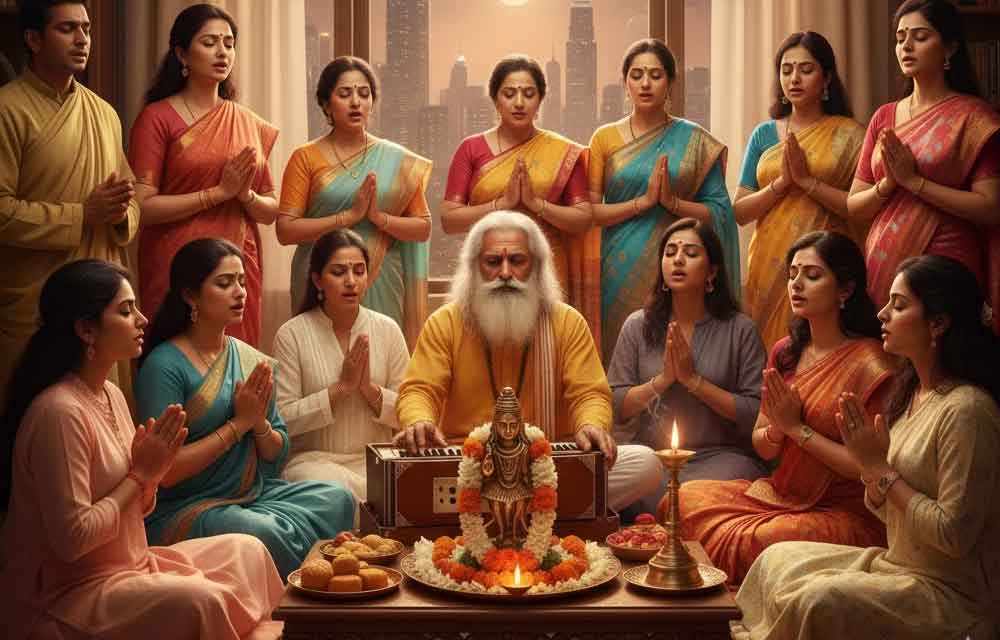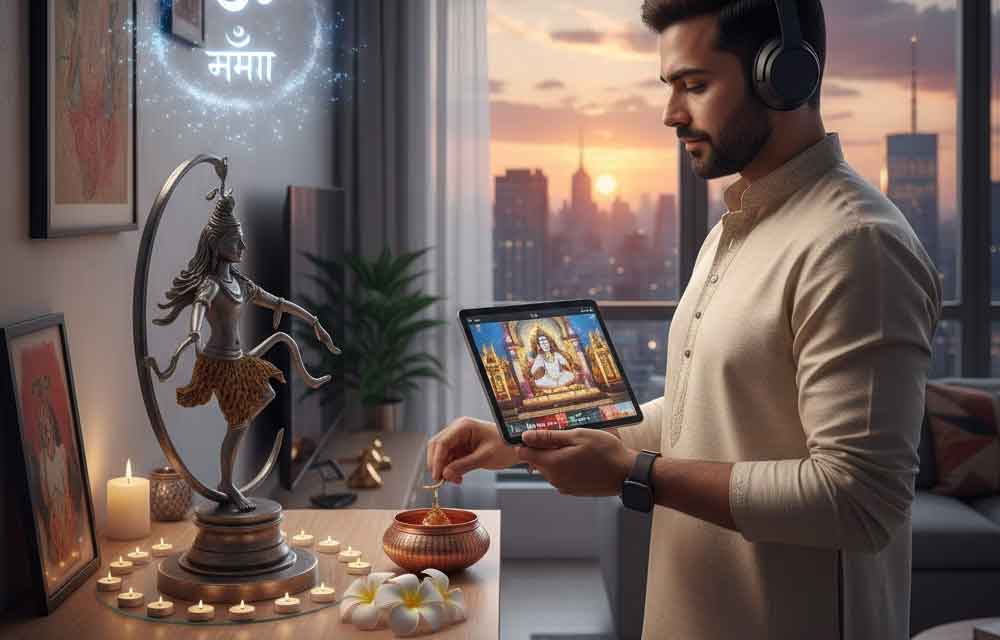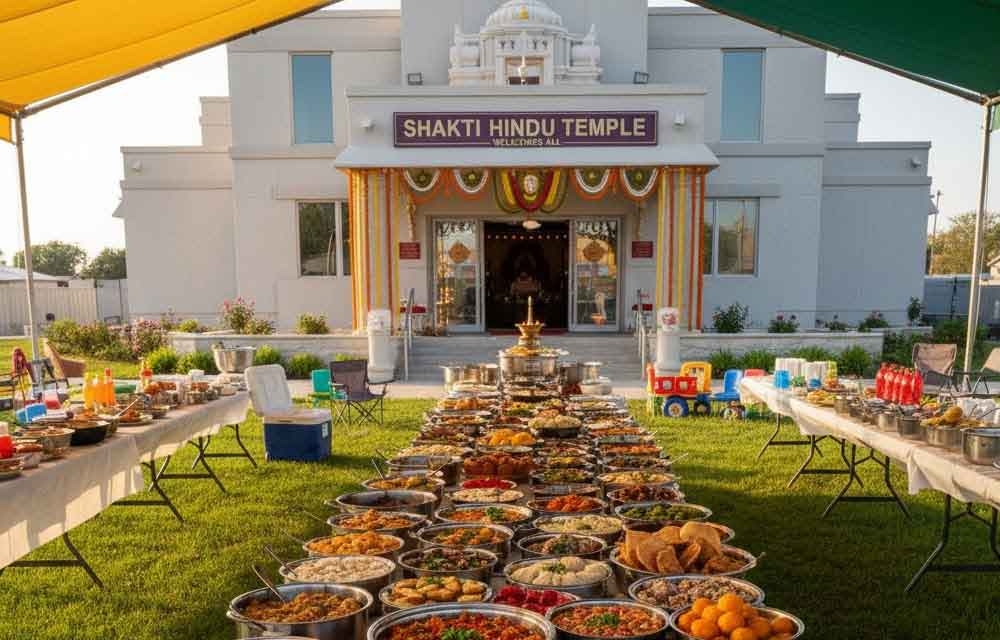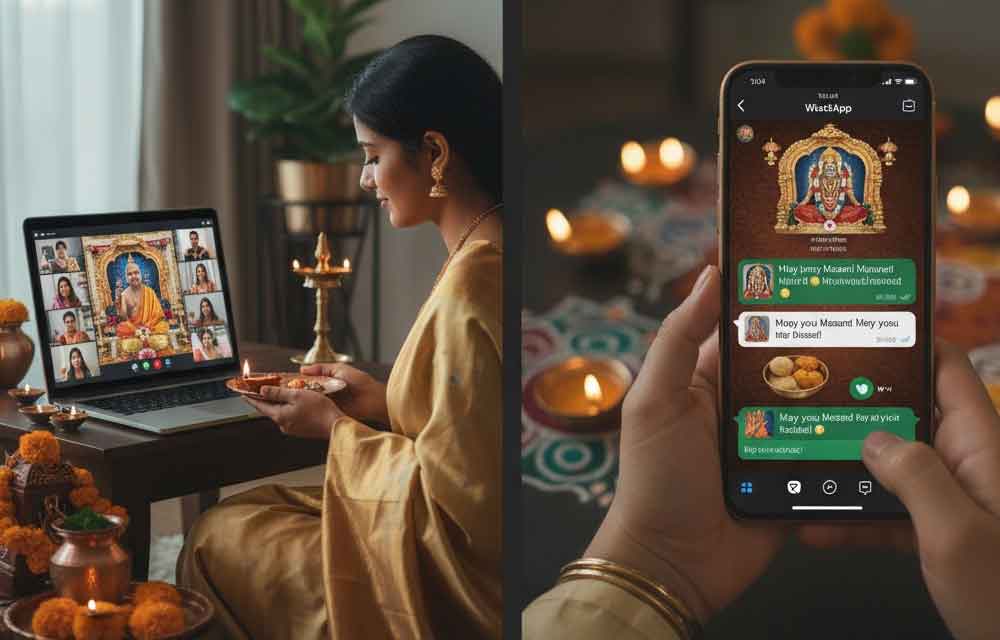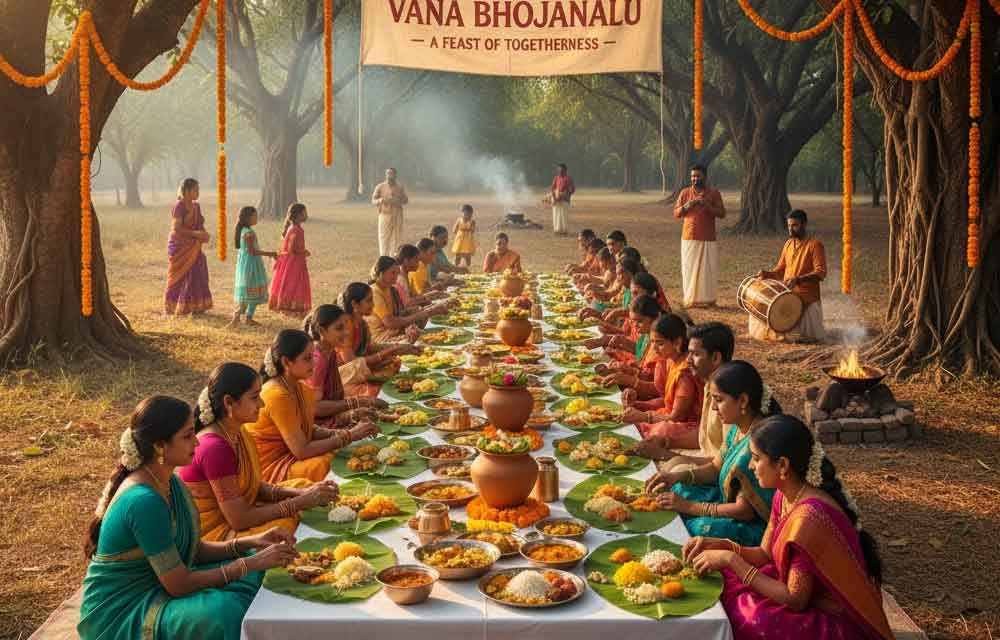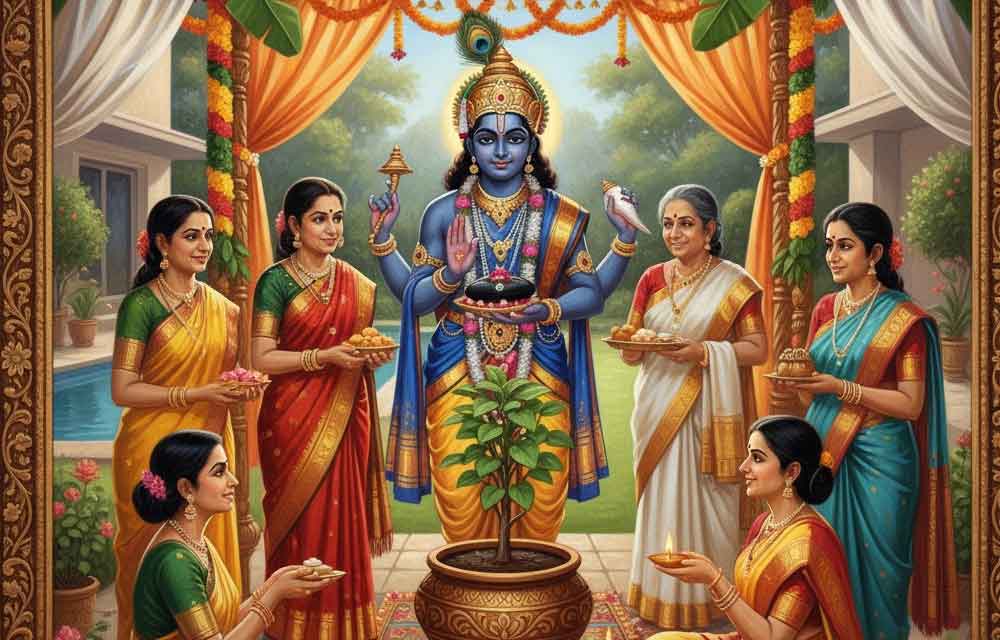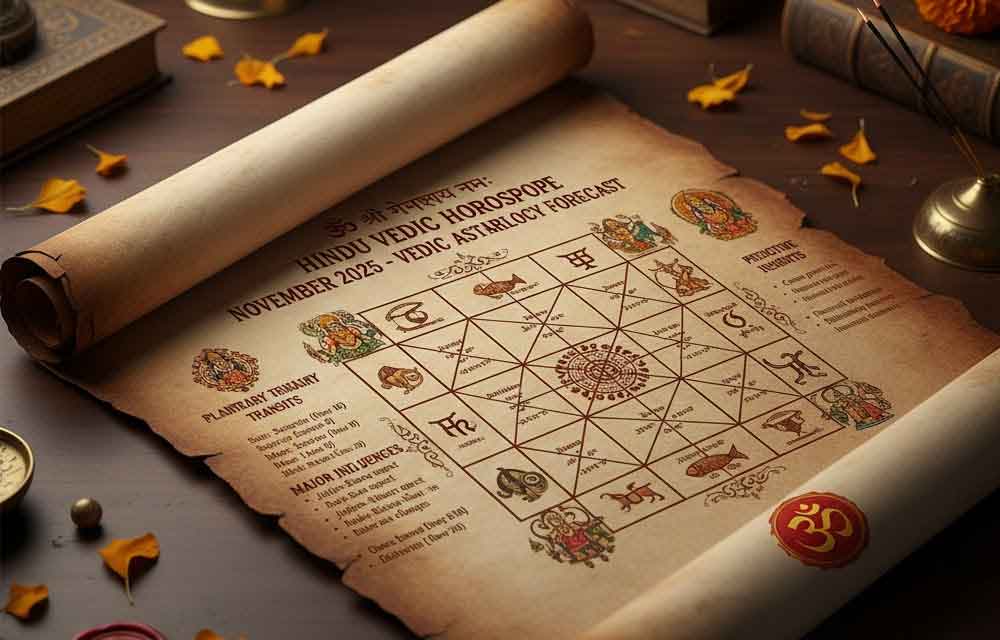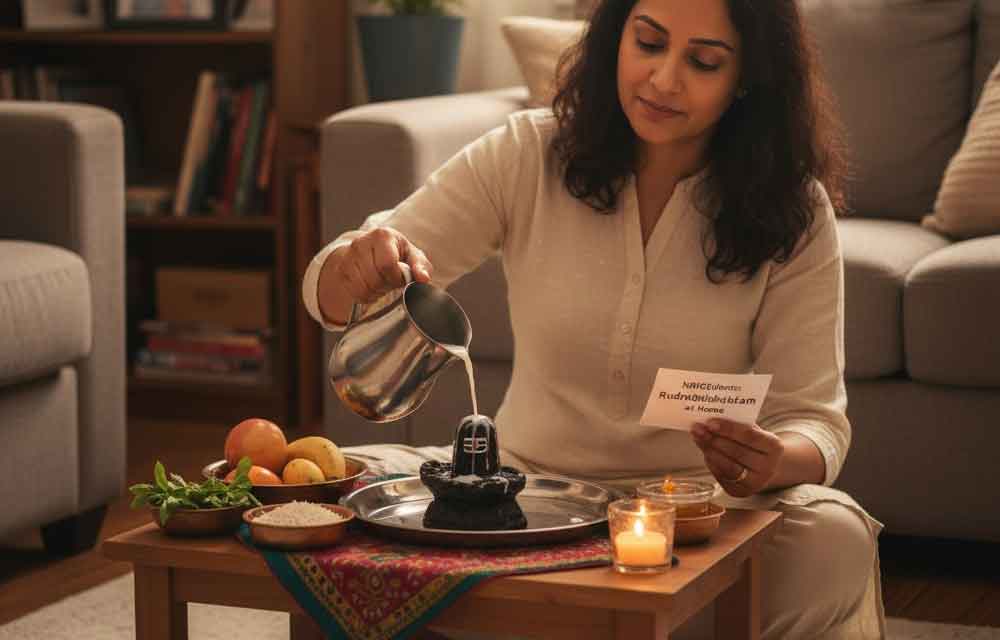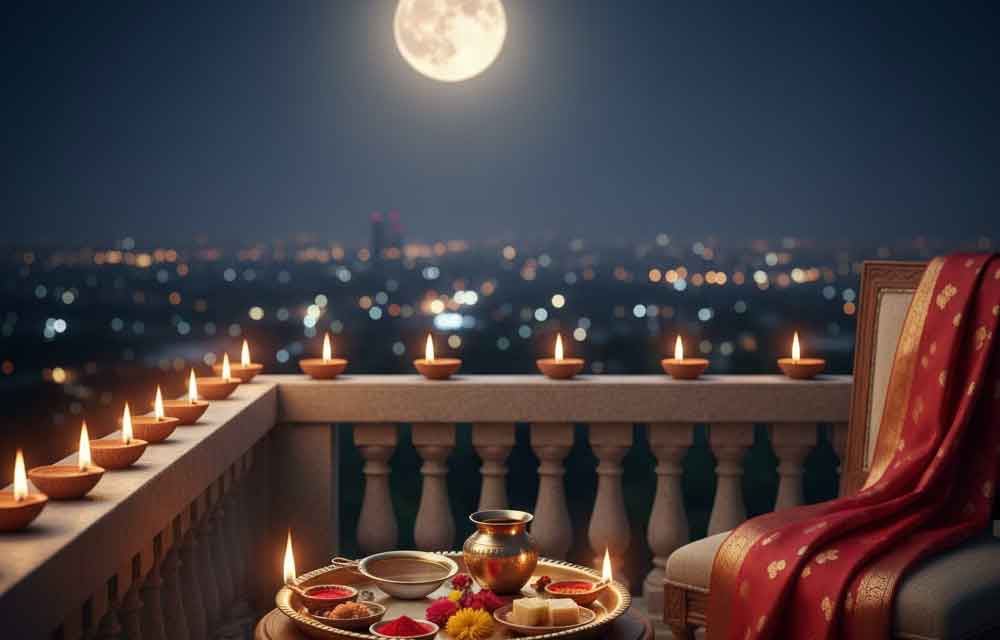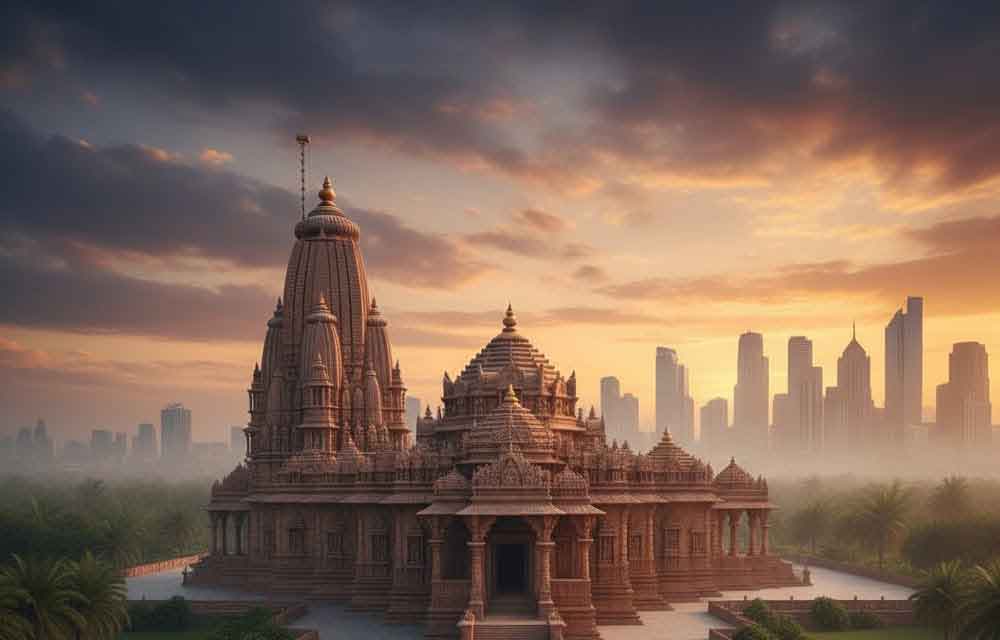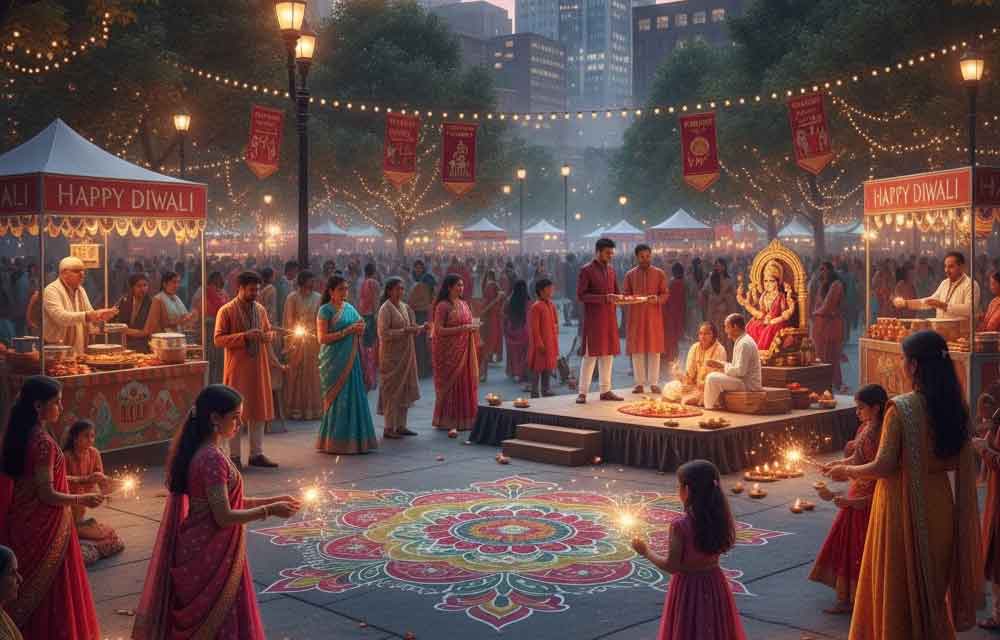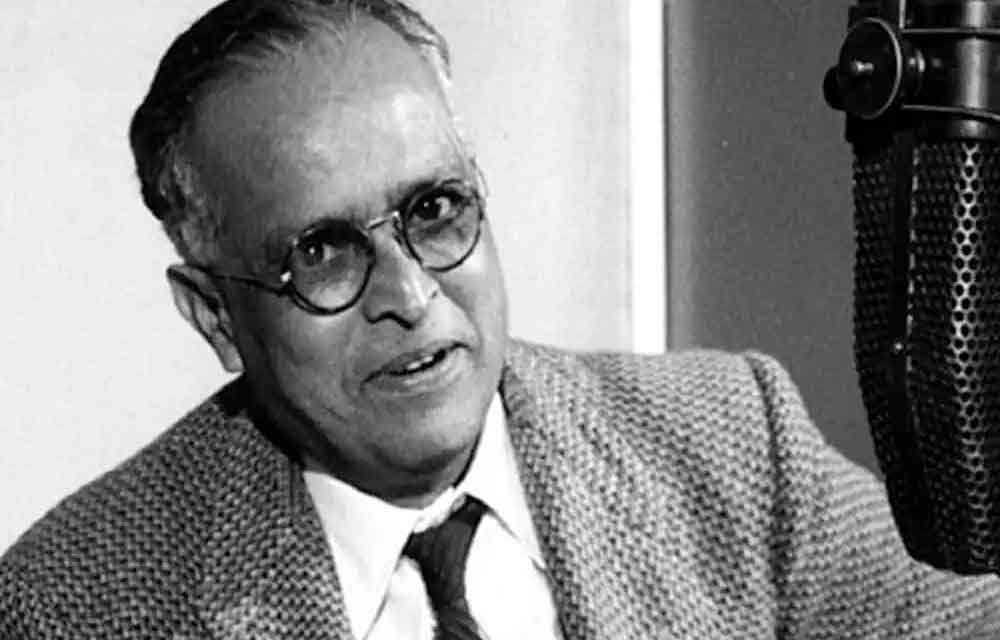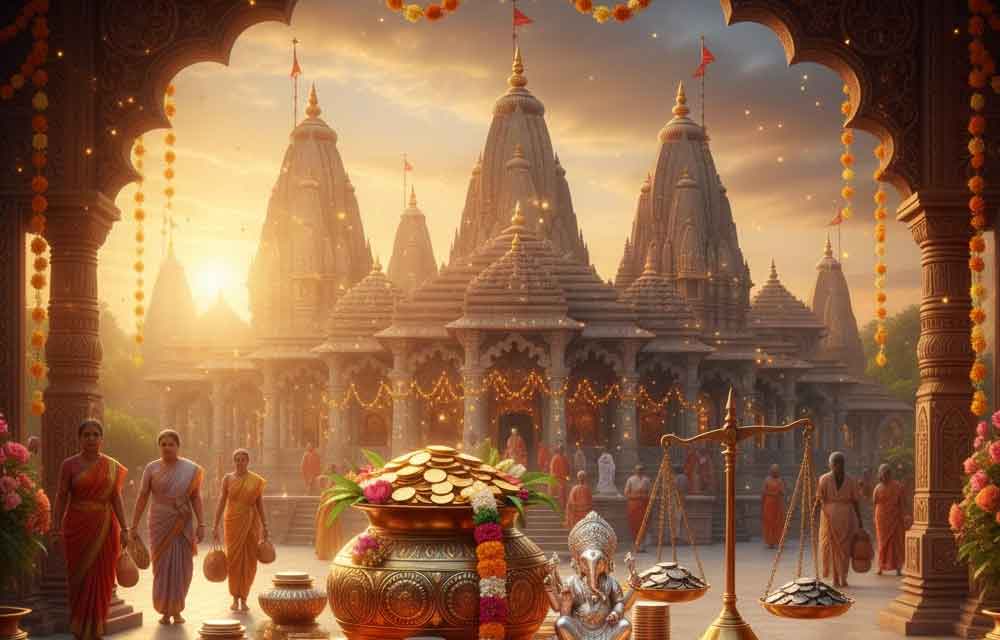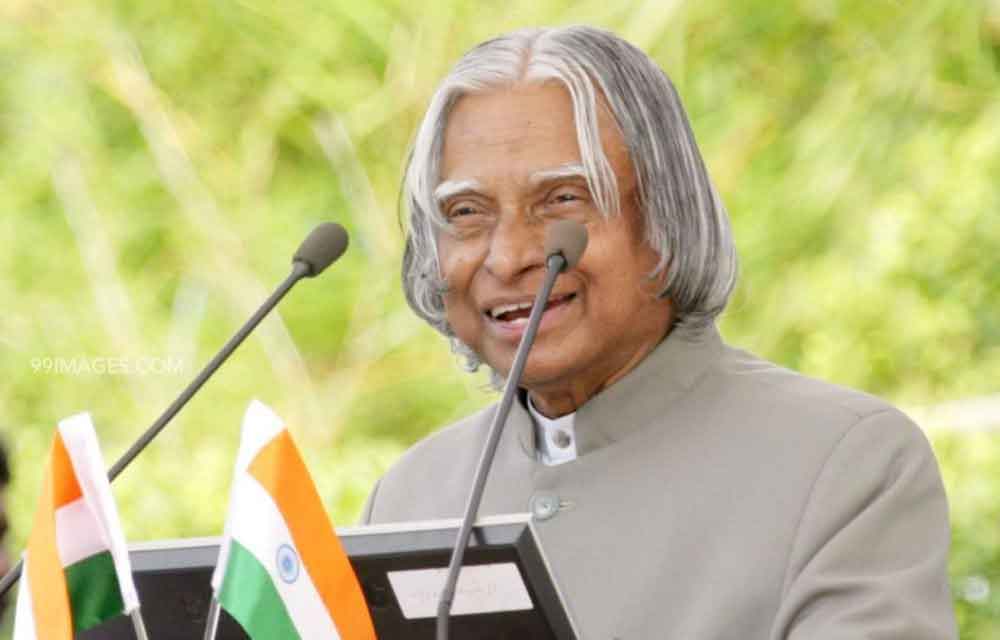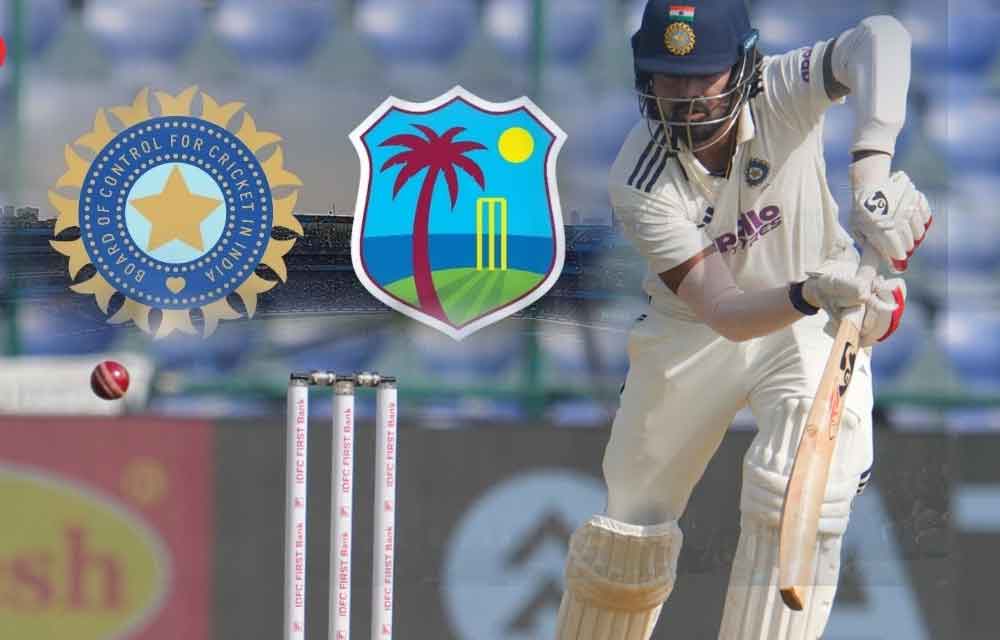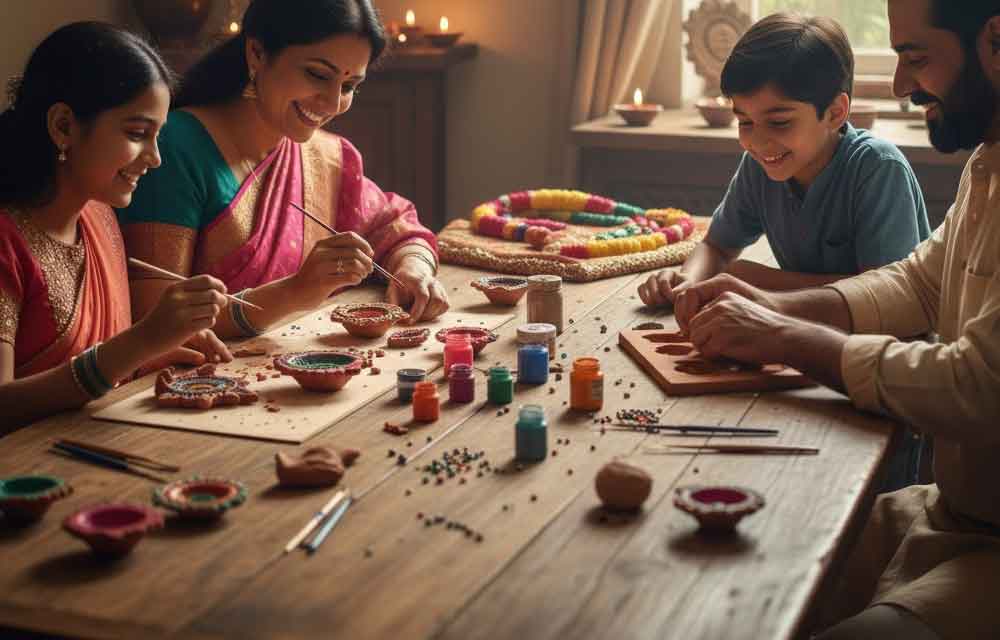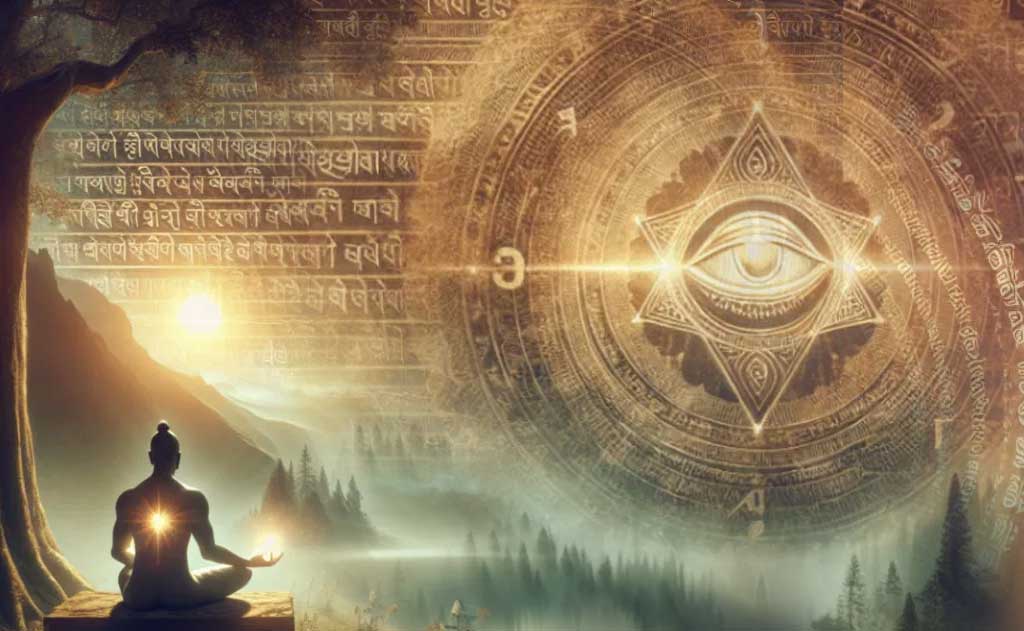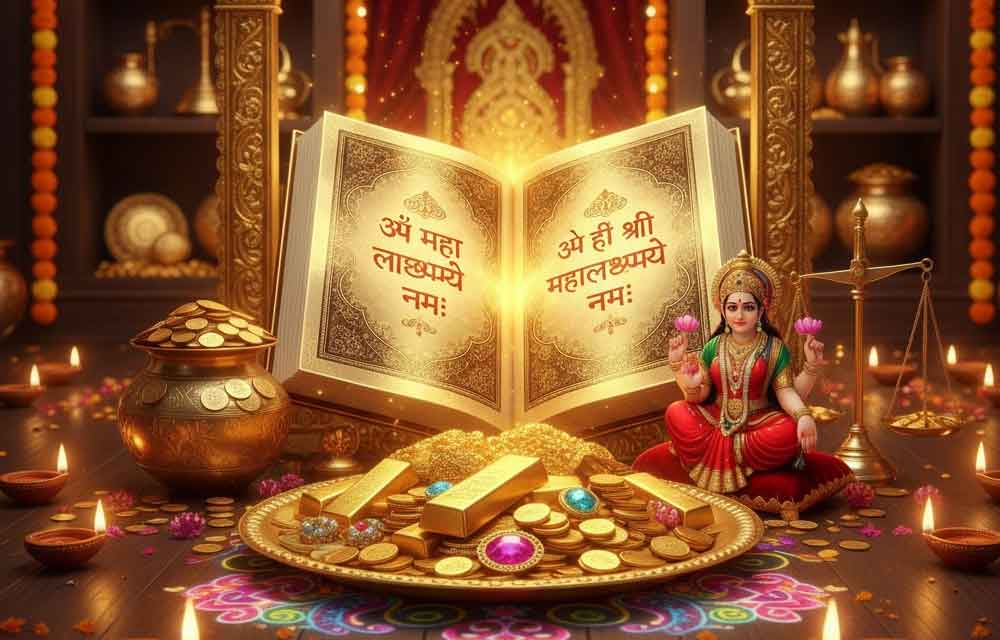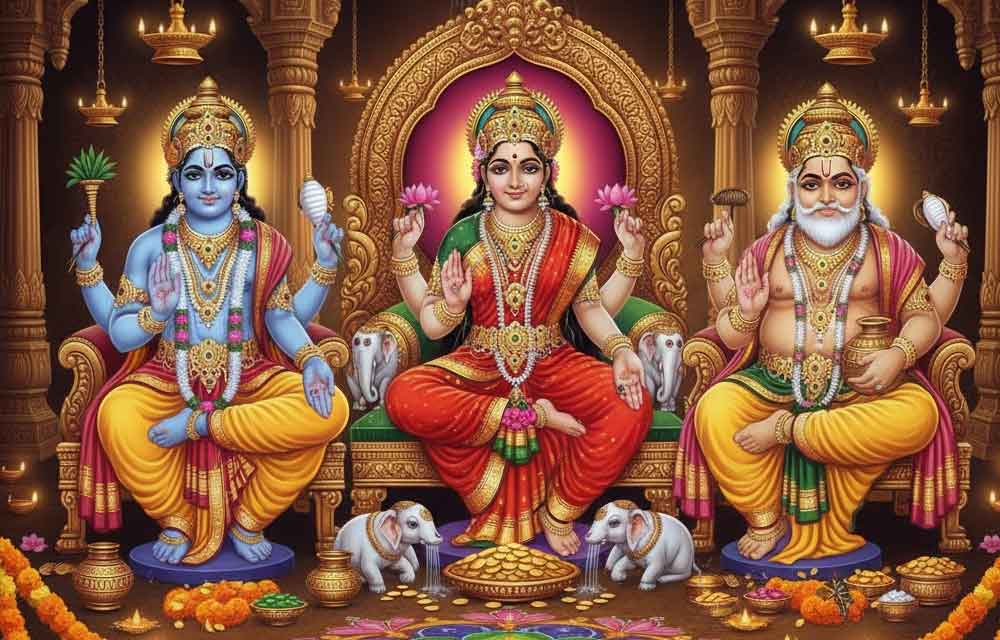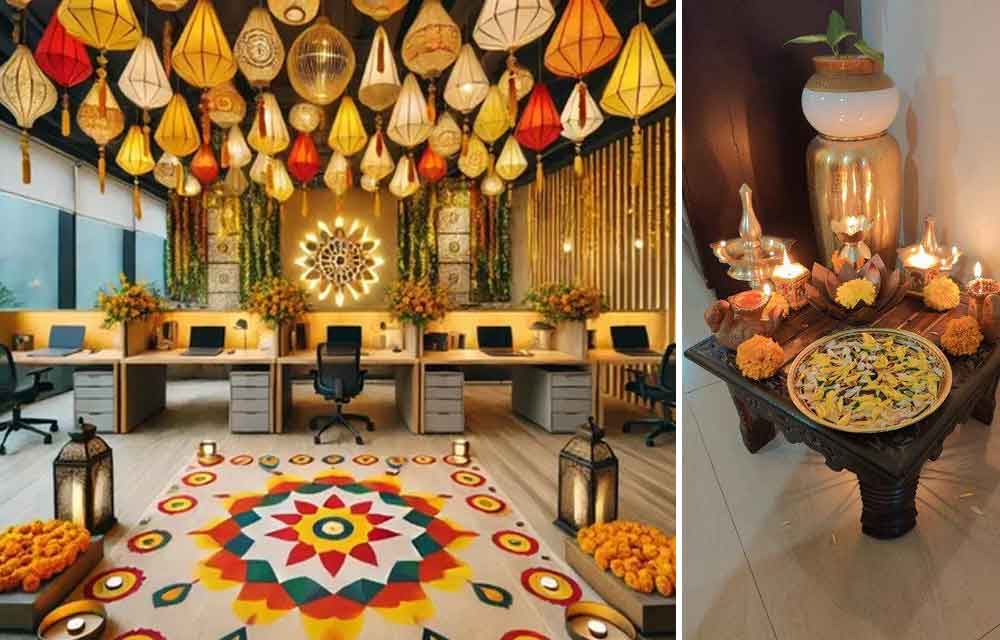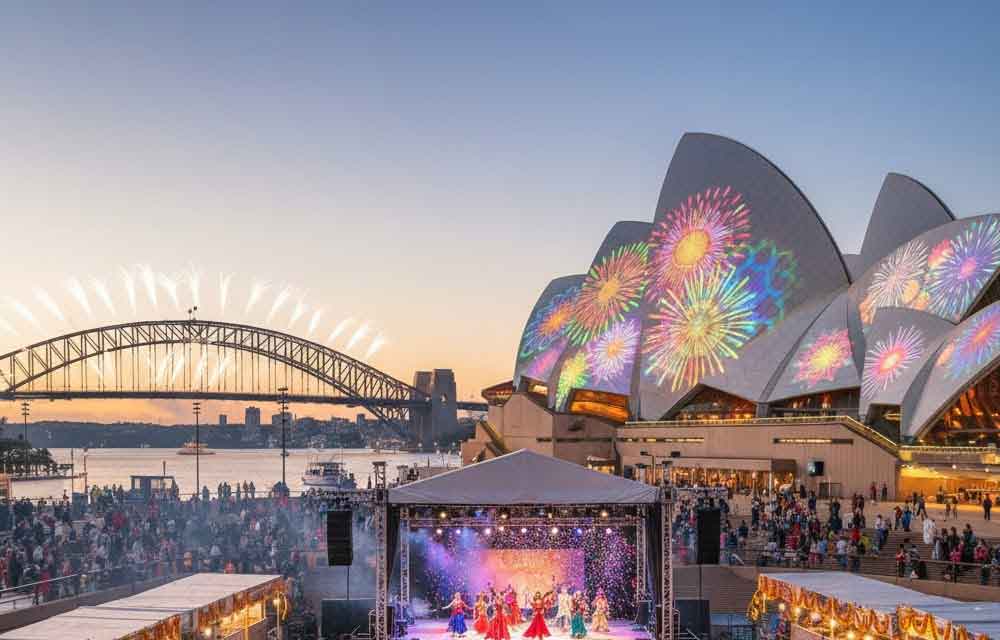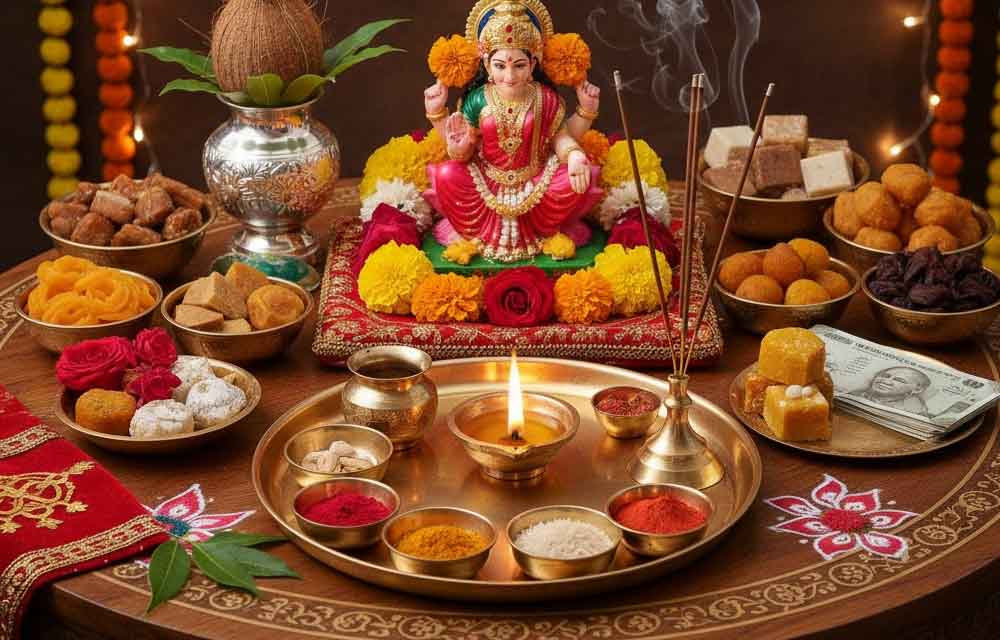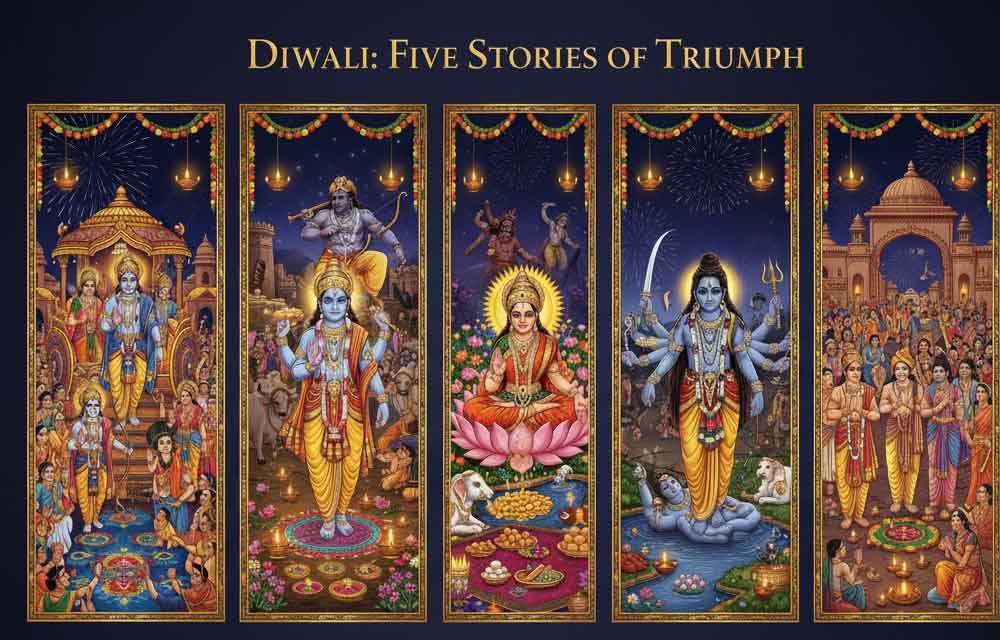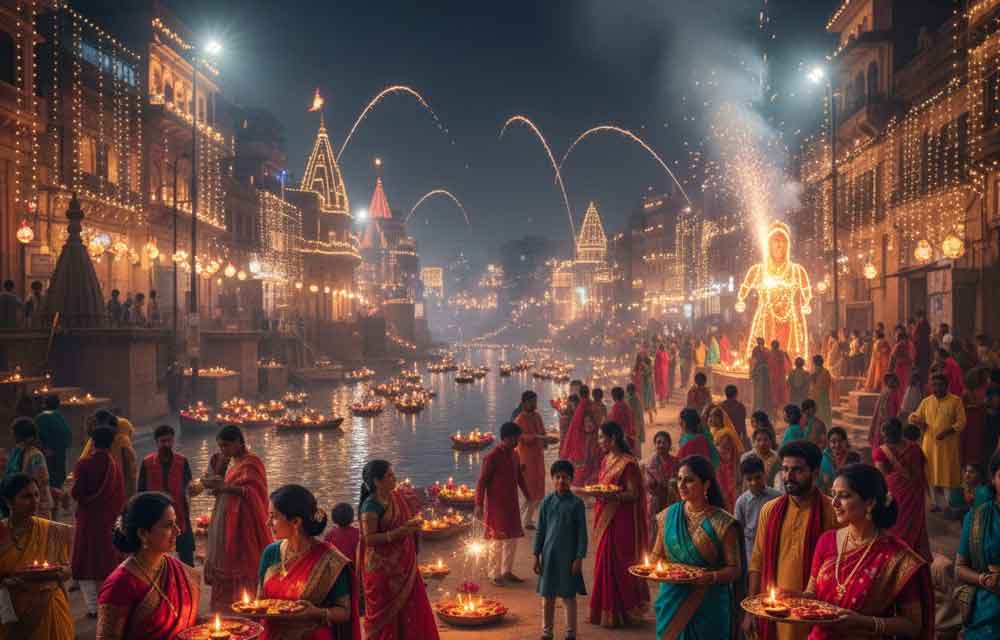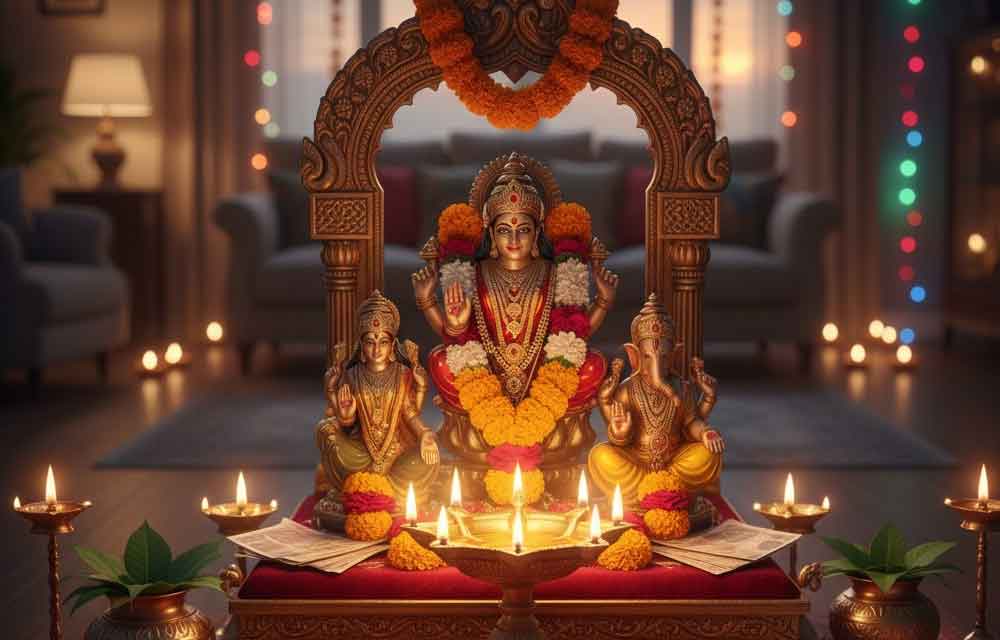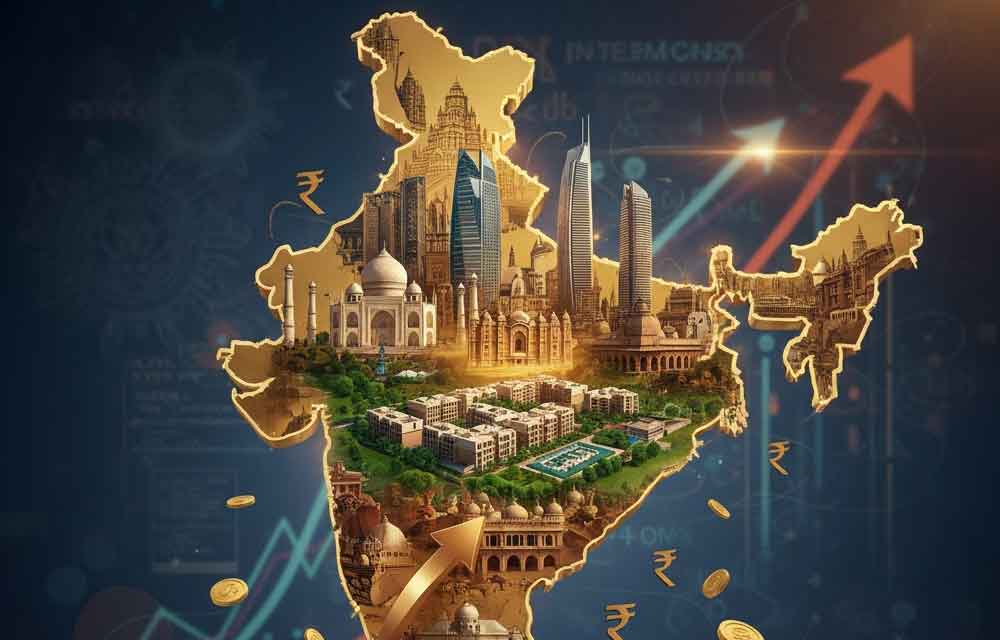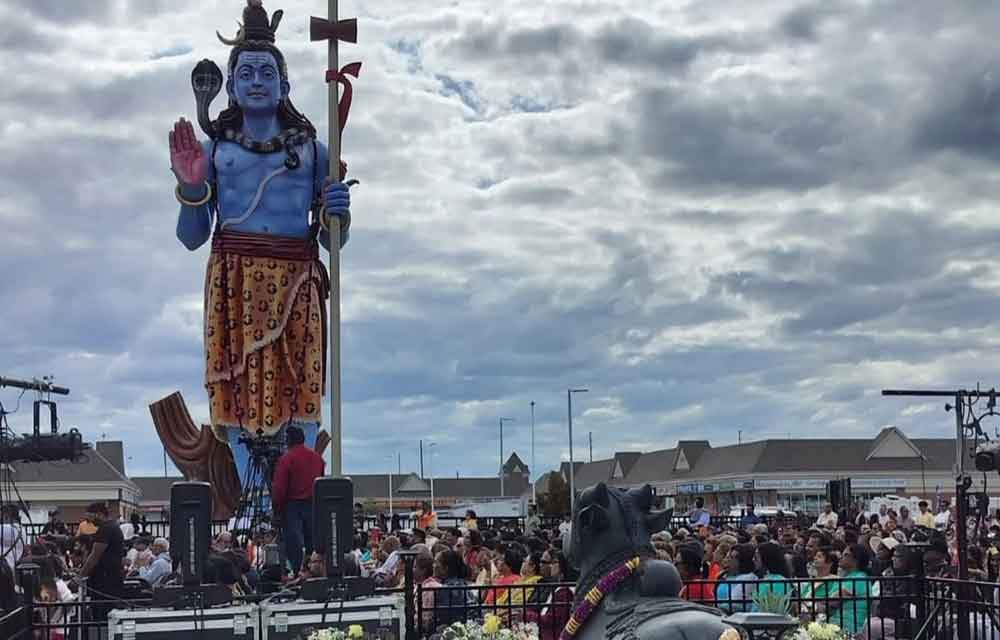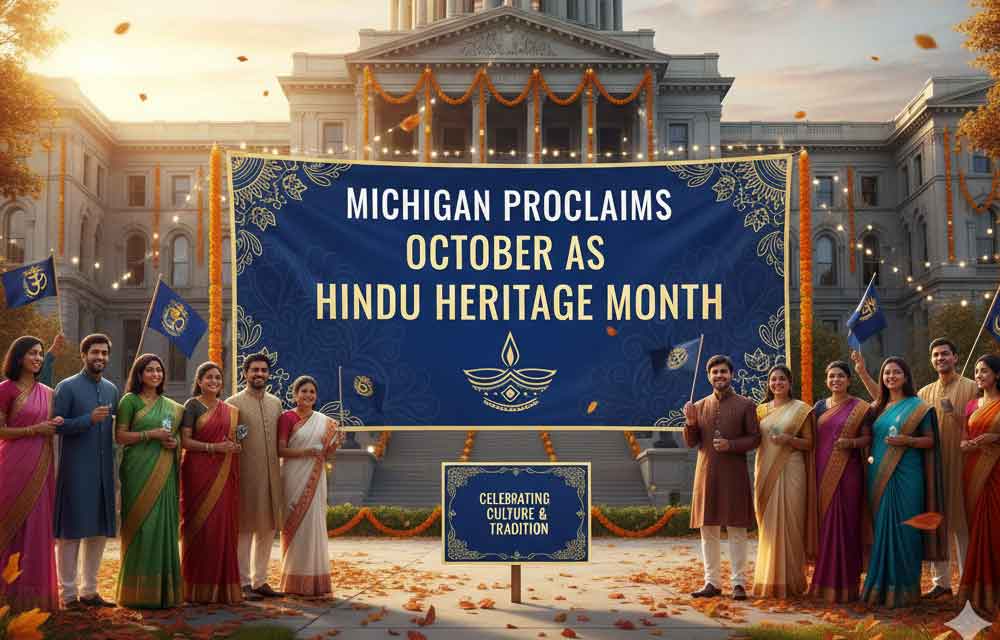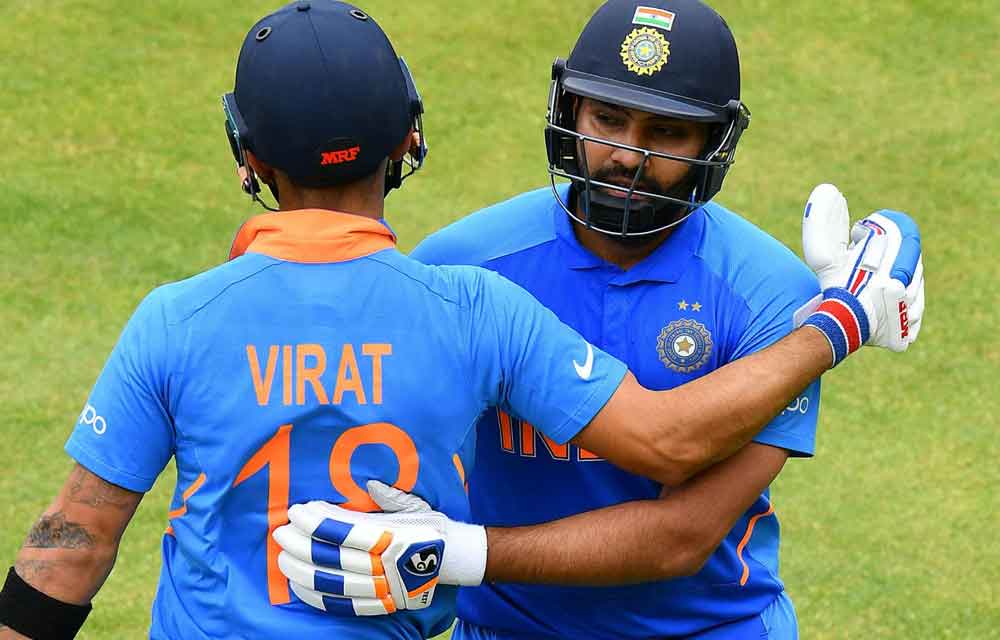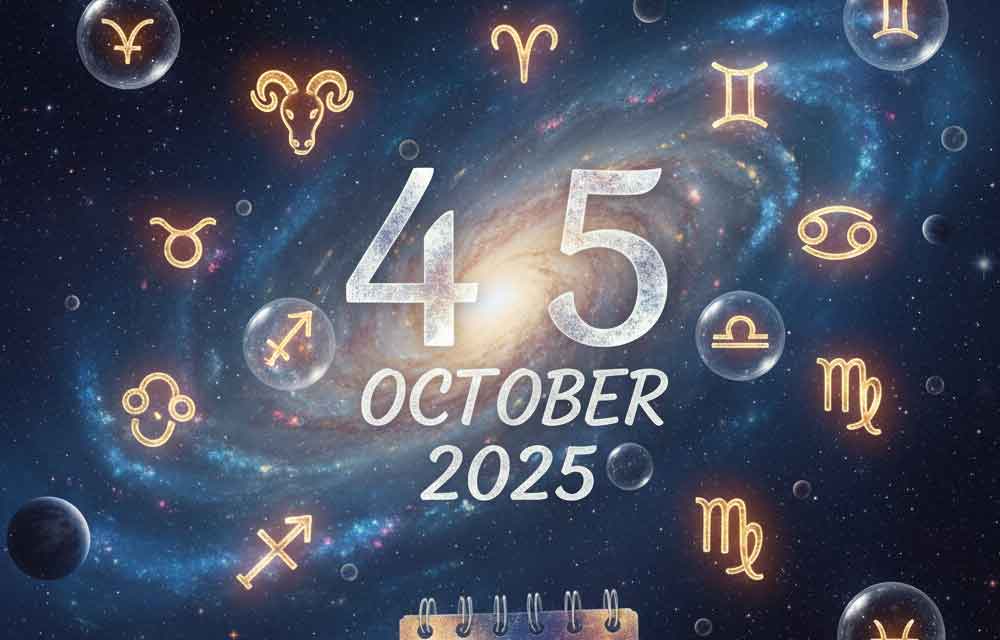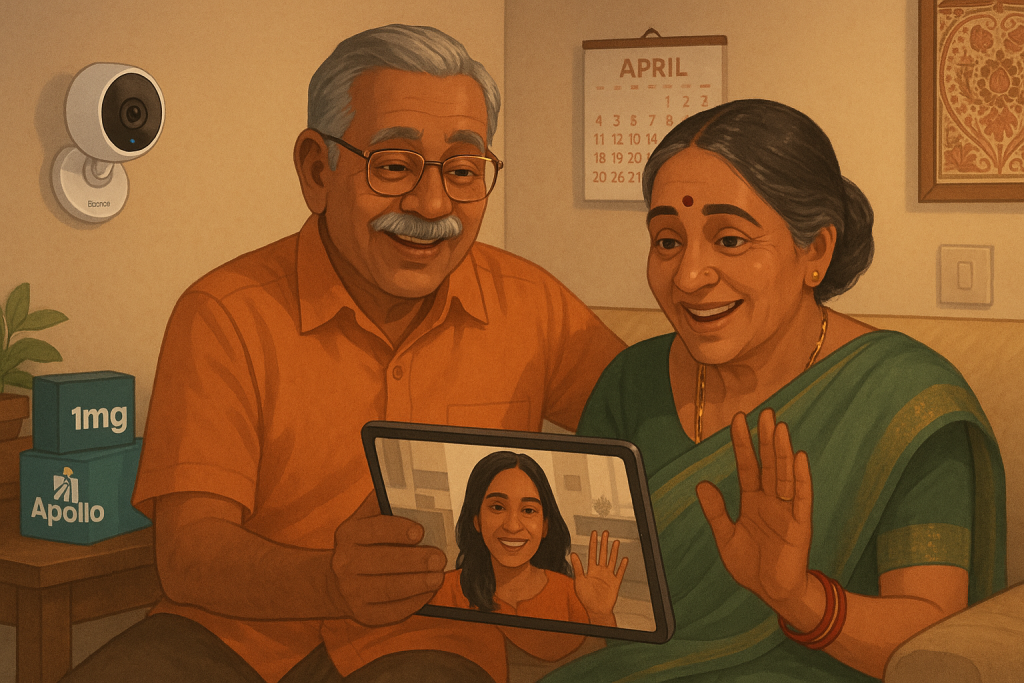Karthika Pournami: A Complete Guide for NRIs to Celebrate This Sacred Hindu Festival
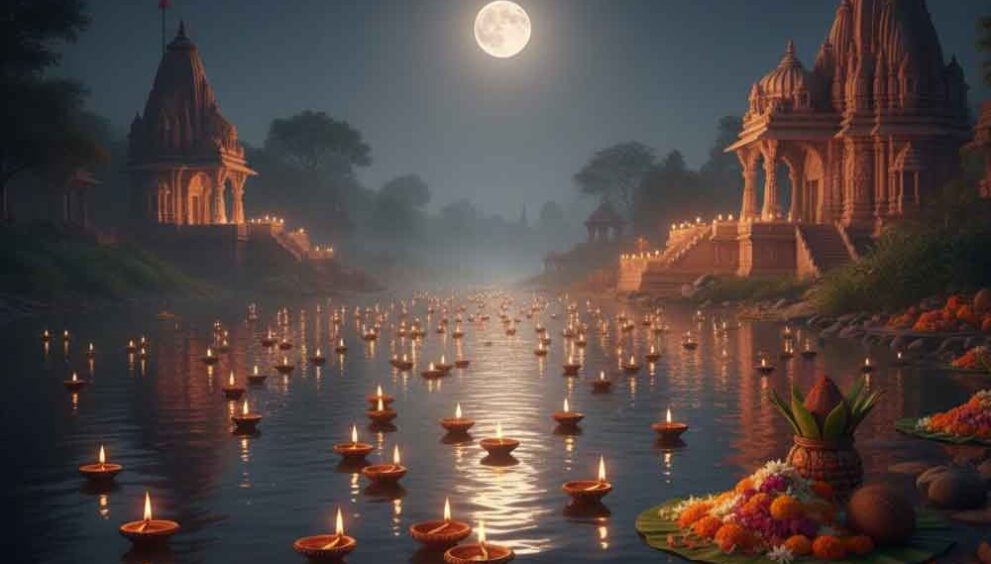
Understanding Karthika Pournami: An Introduction for Global Indians
Karthika Pournami, also known as Kartik Purnima, is one of the most spiritually significant full moon days in the Hindu calendar. For Non-Resident Indians (NRIs) living across the globe, understanding and celebrating this sacred festival helps maintain a deep connection with Indian heritage and spiritual roots.
Falling on the full moon day (Purnima) of the Kartika month (typically in November), this festival is celebrated with devotion through lighting lamps, holy baths, prayers, and charitable acts. Whether you’re in the United States, United Kingdom, Canada, Australia, Middle East, or anywhere else in the world, this guide will help you celebrate Karthika Pournami meaningfully.
Why Karthika Pournami Matters: Vedic and Scriptural Significance
The Sacred Month of Kartika in Hindu Tradition
According to Hindu Vedas and ancient texts like the Skanda Purana and Padma Purana, Kartika month is considered the holiest month of the year. The scriptures declare that Lord Vishnu himself resides in the sacred Tulsi plant during this period, making every devotional act exponentially more powerful.
The full moon day of Kartika amplifies this spiritual energy many times over. Ancient texts proclaim that performing rituals and taking holy baths on Karthika Pournami can cleanse past karmas and bring immense spiritual merit.
Vedic References and Spiritual Power
The Rig Veda emphasizes the significance of full moon days for spiritual practices, while the Atharva Veda specifically highlights the importance of lighting lamps (deepa dana) during the Kartika period. This practice forms the cornerstone of Karthika Pournami celebrations worldwide.
Five Divine Stories Behind Karthika Pournami
1. The Birth of Lord Kartikeya (Murugan)
The most celebrated legend connected to Karthika Pournami is the birth of Lord Kartikeya, the warrior god also known as Murugan in South India and Skanda in Sanskrit texts.
The Story: According to the Shiva Purana, the powerful demon Tarakasura had received a divine boon that only a son of Lord Shiva could defeat him. When the gods appealed to Shiva, he married Goddess Parvati. Their combined divine energy was so immense that it manifested as six divine infants in a forest of reeds.
The six Krittika stars (the Pleiades constellation) nurtured these babies. When Goddess Parvati embraced all six, they merged into one child with six faces – Lord Kartikeya, born on Karthika Pournami. He later vanquished Tarakasura, restoring cosmic balance.
Significance for NRIs: This story symbolizes the victory of good over evil and the power of divine intervention. Many Indian families abroad name their children after this deity and celebrate his birth with special prayers.
2. Matsya Avatar: Lord Vishnu’s First Incarnation
The Matsya Purana states that Karthika Pournami marks the day when Lord Vishnu took his first avatar as Matsya (the divine fish) to save humanity and the Vedas from a catastrophic flood.
The Story: King Manu discovered a tiny fish that requested protection. As he cared for it, the fish grew enormous and revealed itself as Lord Vishnu. The deity warned of an impending deluge and instructed Manu to build a boat to preserve life, seeds, and the sacred Vedas.
Significance for NRIs: This narrative of preservation and new beginnings resonates with immigrants who carry their culture across oceans, preserving traditions for future generations.
3. Tripura Samhara: Shiva’s Victory Over Three Demon Cities
The Skanda Purana describes how Lord Shiva destroyed three flying demon cities (Tripura) on Karthika Pournami.
The Story: Three demon brothers built invincible fortresses of gold, silver, and iron that flew through space. These strongholds became centers of evil and oppression. Lord Shiva, riding a celestial chariot, shot a single flaming arrow that destroyed all three cities simultaneously, liberating the universe.
Significance for NRIs: This tale represents the triumph of righteousness over corruption and evil. The lighting of lamps on Karthika Pournami commemorates this divine victory, symbolizing the light of truth dispelling darkness.
4. Vrinda’s Transformation into Sacred Tulsi
The Padma Purana narrates the poignant story of Vrinda (Tulasi), whose devotion led to her transformation into the sacred Tulsi plant.
The Story: Vrinda was the virtuous wife of demon king Jalandhara. Her unwavering devotion made her husband invincible. To restore cosmic balance, Lord Vishnu temporarily assumed Jalandhara’s form, unknowingly breaking her sacred vow of chastity. Upon discovering the truth, Vrinda cursed Vishnu to become the Shaligram stone. In return, Lord Vishnu blessed her to become the eternally worshipped Tulsi plant.
The sacred marriage (Tulsi Vivah) of Tulsi to Lord Vishnu occurs just before Karthika Pournami, making this period especially significant for the worship of Tulsi.
Significance for NRIs: Growing and worshipping Tulsi plants has become a cherished practice among Indian diaspora worldwide, connecting them to this ancient tradition.
5. The Maharaas: Krishna’s Divine Dance
The Bhagavata Purana describes the celestial Maharaas performed by Lord Krishna with Radha and the gopis on the banks of the Yamuna River on Karthika Pournami night.
The Story: Under the enchanting light of the full moon, Krishna multiplied himself to dance simultaneously with each gopi, symbolizing the divine’s ability to be fully present with every devotee. This mystical dance represents the ultimate union of the individual soul with the Supreme.
Significance for NRIs: This story emphasizes that distance is no barrier to divine connection – a comforting message for those living far from India’s sacred sites.
Spiritual Benefits of Observing Karthika Pournami
The Power of Lighting Lamps (Deepa Dana)
The central ritual of Karthika Pournami is lighting oil lamps. According to the Agni Purana, lighting even a single lamp on this day brings the spiritual merit of performing thousands of fire rituals.
Benefits of lighting lamps:
- Removes darkness from life – both physical and spiritual
- Grants prosperity, wisdom, and illumination
- Honors ancestors and deities
- Creates positive energy in homes
For NRIs: You can light lamps wherever you are – in your apartment, backyard, or local temple. Use traditional clay diyas with ghee or sesame oil when possible.
Holy Bath (Kartika Snana)
Taking a ritualistic bath on Karthika Pournami is considered highly purifying. While traditionally performed in sacred Indian rivers like the Ganges or Yamuna, NRIs can adapt this practice.
Spiritual benefits:
- Purifies body, mind, and soul
- Cleanses karmic debts
- Brings spiritual clarity
- Grants blessings when done with devotion
Adaptation for NRIs: Add a pinch of turmeric, sacred Ganga water (if available), or simply chant prayers while bathing at home. The intention and devotion matter most.
Fasting and Spiritual Discipline
Many devotees observe fasts on Karthika Pournami, either complete or partial (consuming only fruits and milk). The month-long Kartika vrata (observance) culminates on this day.
Benefits of fasting:
- Develops self-discipline and mental strength
- Enhances spiritual awareness
- Detoxifies the body
- Demonstrates devotion and surrender
How NRIs Can Celebrate Karthika Pournami Abroad
Adapting Traditions to Your Location
Living abroad doesn’t mean compromising on spiritual practices. Here’s how global Indians can meaningfully observe Karthika Pournami:
Morning Rituals (Adapted for Any Time Zone)
- Wake early and perform morning prayers
- Take a cleansing bath with prayers (add sacred ash or turmeric if available)
- Wear traditional clothes – white, yellow, or orange are auspicious
- Create a small altar at home with pictures or idols of Lord Kartikeya, Shiva, or Vishnu
Daytime Observances
- Visit a Hindu temple if available in your city (major NRI hubs like New York, London, Toronto, Dubai, Singapore have active temples)
- Perform Tulsi puja – water and circumambulate your Tulsi plant if you have one
- Practice charity – donate to Indian causes, local food banks, or help community members
- Feed others – traditional practice of feeding Brahmins can be adapted by feeding priests at temples, or offering food to those in need
- Virtual participation – watch live streams from famous Indian temples like Tirumala, Varanasi, or Madurai
Evening Celebrations (The Heart of the Festival)
- Light multiple diyas at home – place them safely in your living room, balcony, or garden
- Arrange lamps beautifully using rangoli patterns or decorative plates
- Perform family aarti together with bhajans playing
- Float lamps if you have access to safe water bodies (always follow local regulations)
- Connect virtually with family in India via video calls during the celebrations
- Organize community gatherings with other Indian families in your area
Connecting with the Indian Diaspora
Many cities with significant Indian populations organize Karthika Pournami celebrations:
- USA: Community events in New Jersey, California, Texas, Illinois
- UK: Celebrations at temples in London, Leicester, Birmingham
- Canada: Toronto, Vancouver, Calgary temple programs
- Australia: Sydney, Melbourne community gatherings
- Middle East: Dubai, Abu Dhabi, Doha temple celebrations
- Singapore & Malaysia: Elaborate community programs
Regional Variations: How Different Parts of India Celebrate
Understanding regional differences helps NRIs appreciate India’s cultural diversity:
South India
- Tamil Nadu: Karthigai Deepam with spectacular lamp lighting
- Andhra Pradesh & Telangana: Grand celebrations at temples
- Kerala: Special prayers at famous temples like Sabarimala
- Karnataka: Temple festivals and Rathotsavas
North India
- Varanasi: Dev Deepavali – the most spectacular Ganga Aarti of the year
- Vrindavan & Mathura: Maharaas celebrations with night-long kirtans
- Pushkar (Rajasthan): Famous Pushkar Fair culminates on this day
- Haridwar: Mass gatherings for holy dips
East India
- Odisha: Boita Bandana celebrating ancient maritime trade
- West Bengal: Kartik Brati and Kartikeya worship
West India
- Gujarat: Sharad Purnima overlaps with special milk offerings
- Maharashtra: Temple celebrations and river rituals
Sacred Mantras for Karthika Pournami
Chanting these mantras enhances your spiritual practice:
For Lord Kartikeya: “Om Saravanabhavaya Namah” (Salutations to the one born in the forest of reeds)
For Lord Shiva: “Om Namah Shivaya” (I bow to Lord Shiva)
For Lord Vishnu: “Om Namo Narayanaya” (Salutations to the Supreme Lord)
Lamp Lighting Mantra: “Shubham Karoti Kalyanam Arogyam Dhana Sampadah Shatru Buddhi Vinashaya Deepa Jyoti Namostute” (I salute the light that brings auspiciousness, prosperity, good health, and destroys enemy-like negative thoughts)
Universal Peace Mantra: “Asato Ma Sad Gamaya, Tamaso Ma Jyotir Gamaya, Mrityor Ma Amritam Gamaya” (Lead us from falsehood to truth, from darkness to light, from death to immortality)
Teaching Karthika Pournami to Children Born Abroad
For NRI parents raising children overseas, festivals are crucial cultural touchpoints:
Engaging Activities for Kids
- Story-telling sessions about Lord Kartikeya and other legends
- Diya painting and decorating workshops
- Rangoli making competitions
- Traditional cooking together – prepare festival sweets
- Virtual tours of Indian temples celebrating the festival
- Documentary watching about the festival’s significance
Educational Approaches
- Explain the astronomical significance of full moons
- Connect stories to universal values like courage, devotion, truth
- Compare with festivals in other cultures (Diwali, Hanukkah, Christmas lights)
- Create family traditions unique to your household
Practical Tips for NRI Celebrations
Shopping for Festival Materials
- Indian grocery stores: Most NRI hubs have stores stocking diyas, oils, incense, puja items
- Online platforms: Amazon, specialized Indian websites deliver worldwide
- Local alternatives: Use small glass holders with oil and cotton wicks
- DIY options: Make clay diyas as a family activity
Safety Considerations
- Follow fire safety regulations in your country
- Use electric diyas if open flames aren’t permitted
- Keep fire extinguishers handy
- Never leave burning lamps unattended
- Place lamps away from curtains and flammable materials
Environmental Consciousness
Modern celebrations should honor both tradition and nature:
- Use eco-friendly clay lamps instead of plastic
- Choose natural oils (ghee, sesame, coconut)
- Avoid chemical-based decorations
- Properly dispose of lamp materials
- Consider LED candles for safety and sustainability
The Deeper Meaning: Beyond Rituals
While rituals are important, Karthika Pournami’s true essence lies in its spiritual message:
Light over Darkness: Just as lamps dispel physical darkness, spiritual practice removes ignorance
Devotion and Surrender: The stories emphasize unwavering faith and divine grace
Community and Charity: Helping others and sharing joy amplifies blessings
Cultural Continuity: Preserving traditions connects generations
Inner Transformation: External rituals should inspire internal change
Staying Connected: Resources for NRIs
Online Platforms
- Virtual temple darshans: Many Indian temples now live-stream major festivals
- Spiritual discourse: YouTube channels offering festival explanations
- NRI community apps: Connect with Indians in your city
- Festival calendars: Download Panchangam apps for accurate dates
Building Community
- Join local Indian associations and cultural centers
- Participate in temple committees
- Organize neighborhood celebrations
- Create WhatsApp groups for festival coordination
- Mentor younger generations about traditions
Astrological Significance and Timing
Karthika Pournami occurs when the full moon aligns with the Krittika nakshatra (Pleiades constellation). This cosmic alignment is considered especially powerful for:
- Meditation and spiritual practices
- Releasing negative karma
- Manifesting positive intentions
- Healing and emotional balance
Note for NRIs: Check local Panchangam or online calendars for precise timing in your time zone. The most auspicious moments vary by geographical location.
Charitable Acts: The Spirit of Giving
Karthika Pournami emphasizes dana (charity). NRIs can participate through:
- Donating to Indian charitable organizations
- Supporting education for underprivileged children
- Contributing to temple maintenance
- Helping community members in need
- Environmental conservation projects
- Food bank donations locally
- Supporting cultural preservation initiatives
FAQs: Common Questions from NRIs
Q: Can I celebrate if I don’t have access to Indian ingredients or items? A: Absolutely. Devotion and intention matter most. Use available alternatives and adapt practices thoughtfully.
Q: What if Karthika Pournami falls on a weekday and I’m working? A: Perform abbreviated rituals in the morning and evening. The spiritual merit comes from sincere effort, not elaborate ceremonies.
Q: Can non-Hindus participate or observe? A: Hindu festivals welcome everyone. Many NRI families celebrate with friends of all backgrounds, sharing the universal message of light and goodness.
Q: How do I calculate the right date in my time zone? A: Use online Panchangam calculators or Hindu calendar apps that adjust for your location.
Q: Is it okay to use electric lights instead of oil lamps? A: While traditional lamps are preferred, electric lights are acceptable when safety or regulations require it.
Conclusion: Bridging Continents Through Faith
Karthika Pournami represents far more than a religious observance – it’s a bridge connecting NRIs to their ancestral roots, cultural identity, and spiritual heritage. Whether you’re in New York or New Delhi, London or Bangalore, the light of Karthika Pournami shines equally bright.
As you light lamps in your homes across the world, remember that millions join you in this ancient ritual, creating a global network of light that transcends borders. This festival reminds us that while we may live in different countries, we share common values, stories, and aspirations.
In an increasingly globalized world, maintaining cultural traditions helps preserve what makes us unique while contributing to the beautiful mosaic of human civilization. Karthika Pournami offers an opportunity to pause, reflect, connect with the divine, and pass on precious traditions to the next generation of global Indians.
May the sacred light of Karthika Pournami illuminate your path, wherever in the world that path may lead.
Lokah Samastah Sukhino Bhavantu – May all beings everywhere be happy and free.
For more information on celebrating Indian festivals abroad, connecting with the diaspora community, and maintaining cultural ties, visit www.nriglobe.com – your comprehensive resource for Non-Resident Indians worldwide.

 English
English 




